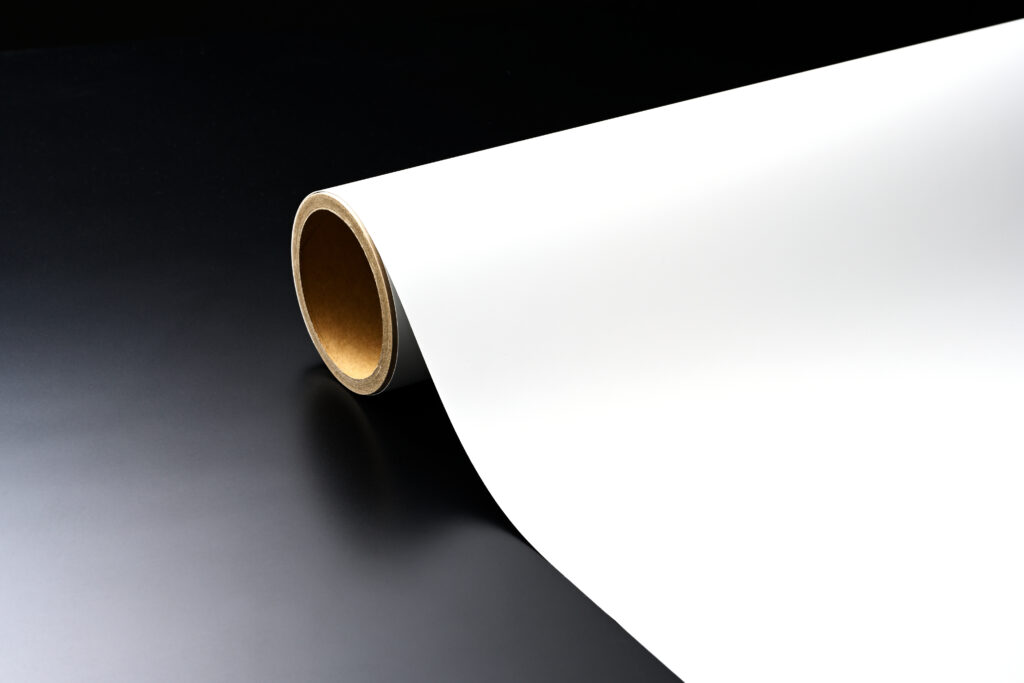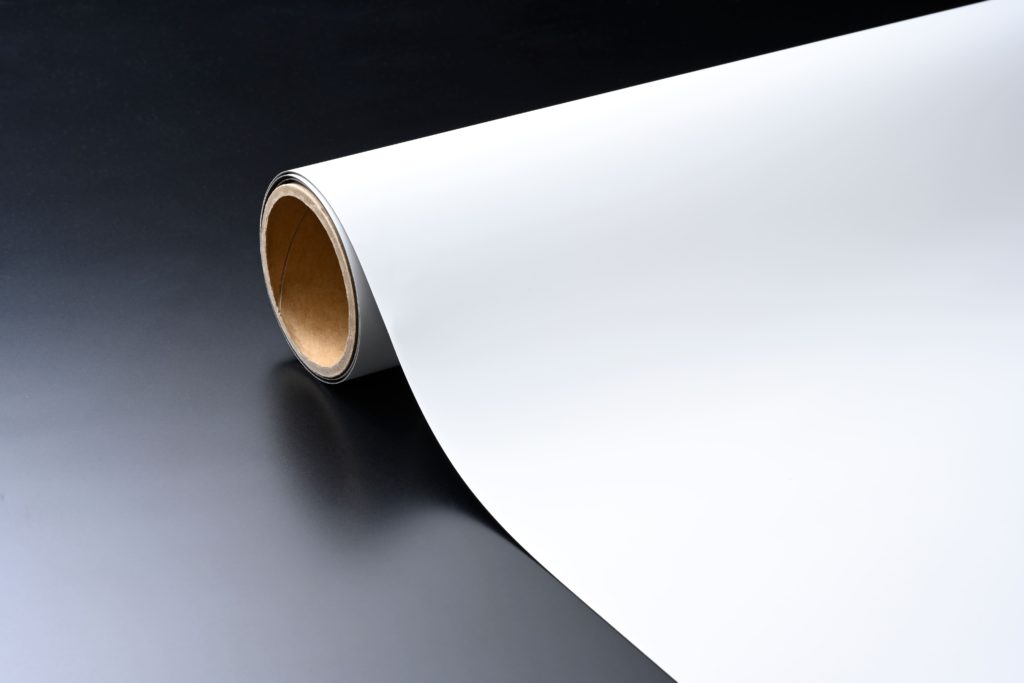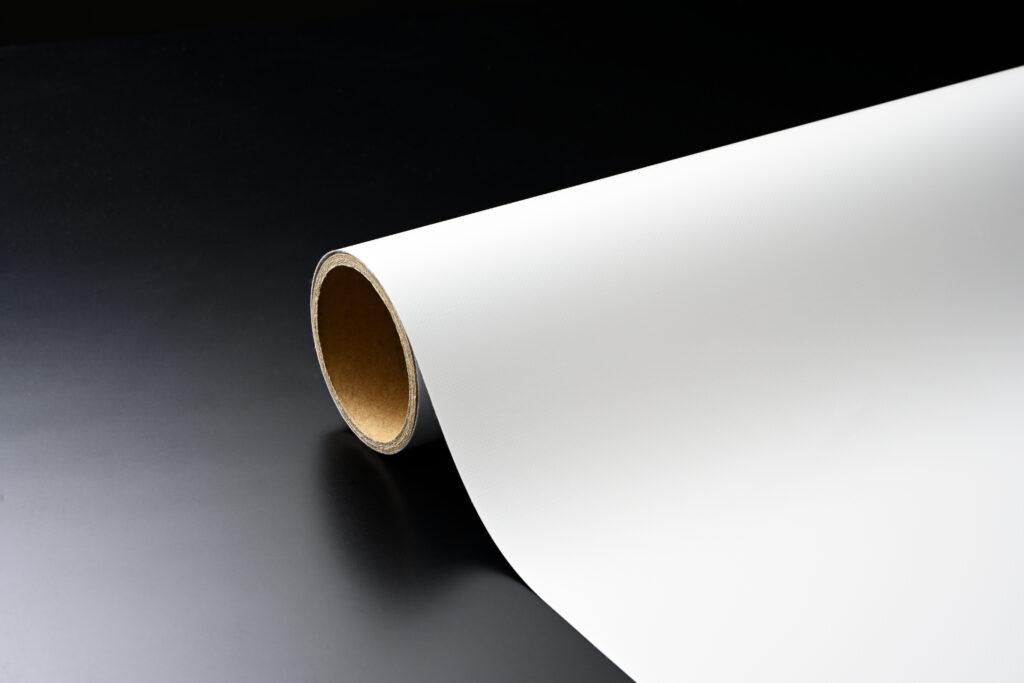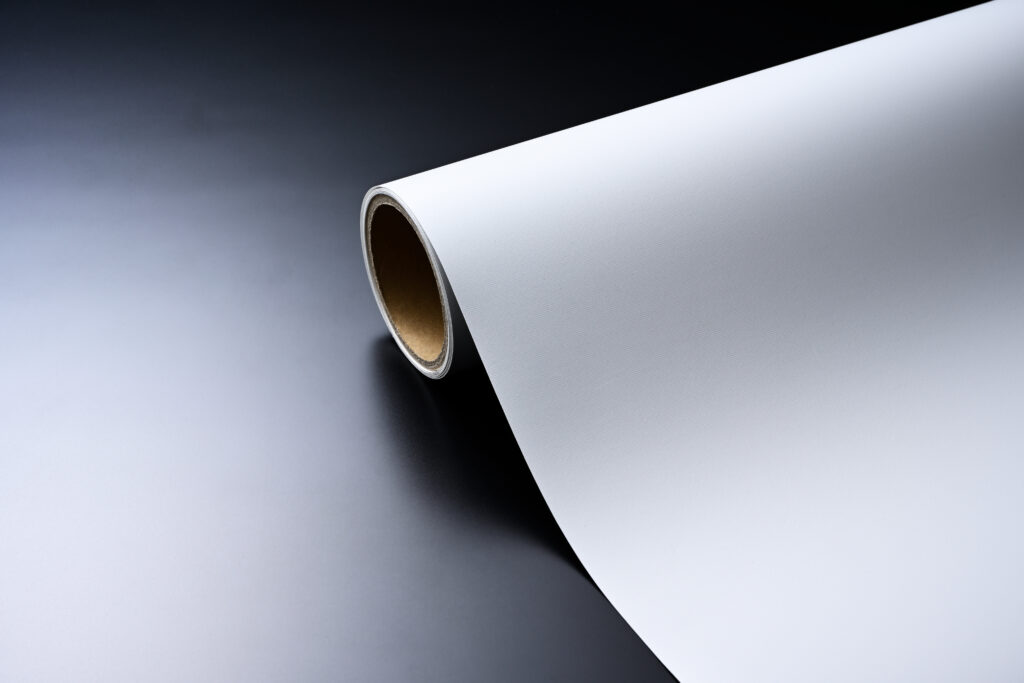SPACECOOL will launch a demonstration experiment at Obaru Mega Solar Power Plant in collaboration with Fukuoka City
SPACECOOL INC. (hereinafter the “Company”) is pleased to announce that it will be launching a demonstration experiment at Obaru Mega Solar Power Plant in Nishi-ku of Fukuoka City, with the goal of reducing power consumption and greenhouse gas emissions of air conditioners for power conditioning unit containers through the use of the radiative cooling material SPACECOOL® (hereinafter the “Material”).
Since the implementation of the FIT system in 2012, mega solar power plants have been introduced over a period of 10 years to generate 66 million kW of power (as of 2021) and will continue to be rolled out in line with Japan’s ambitious FY2030 target for the reduction of greenhouse gas emissions. Air conditioners for power conditioning unit containers installed in mega solar power plants use renewable energy from solar power as electricity to reduce power consumption, thereby directly contributing to a greater supply of renewable energy.
Fukuoka City has set a goal of achieving net-zero greenhouse gas emissions by FY2040 as part of its efforts to create a decarbonized society, and as outlined in its “Fukuoka City Action Plan for Countermeasures Against Global Warming” revised last year, the city has engaged in various initiatives aimed at achieving its target of a 50% reduction in greenhouse gas emissions by FY2030, which is higher than the national target of a 46% reduction relative to emission levels in FY2013.
Through this demonstration experiment, the Company will verify the effectiveness of mega solar power plants in reducing power consumption and greenhouse gas emissions, and on the basis of these results, contribute to the growing adoption of renewable energy in Japan and abroad.
Outline of Demonstration Experiment
We will verify the effects of the Material in reducing power consumption and greenhouse gas emissions by installing it on the top and side of one of the two power conditioning unit containers*1 at the Obaru Mega Solar Power Plant in Nishi-ku of Fukuoka City and comparing the respective power consumptions of the air conditioners in the two power conditioning unit containers.
*1 Power conditioning units are devices that convert DC power generated by solar cells into AC power that can be used in homes, buildings, etc., a process that generates heat.
This demonstration experiment will be conducted until the end of March 2024.

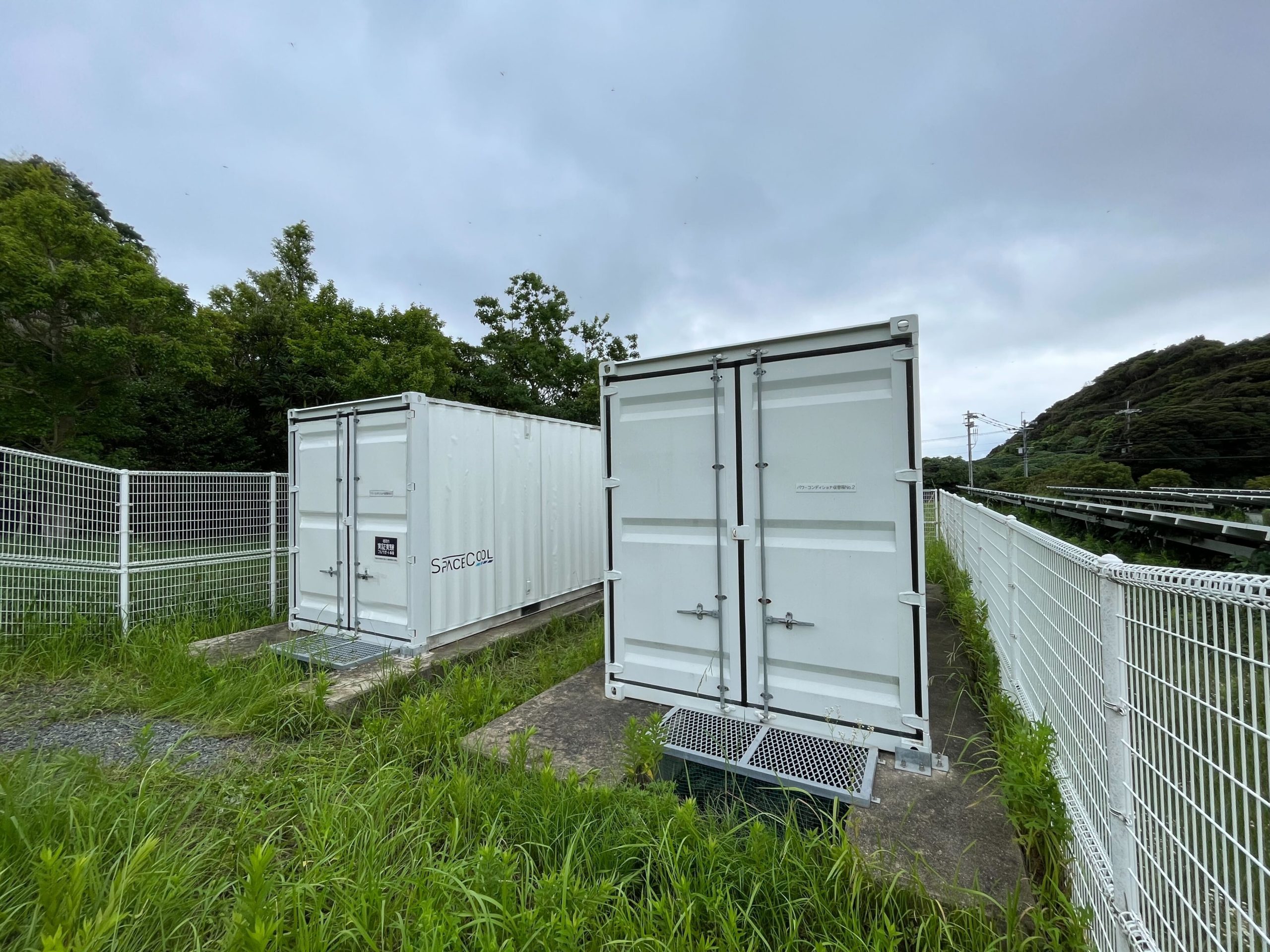
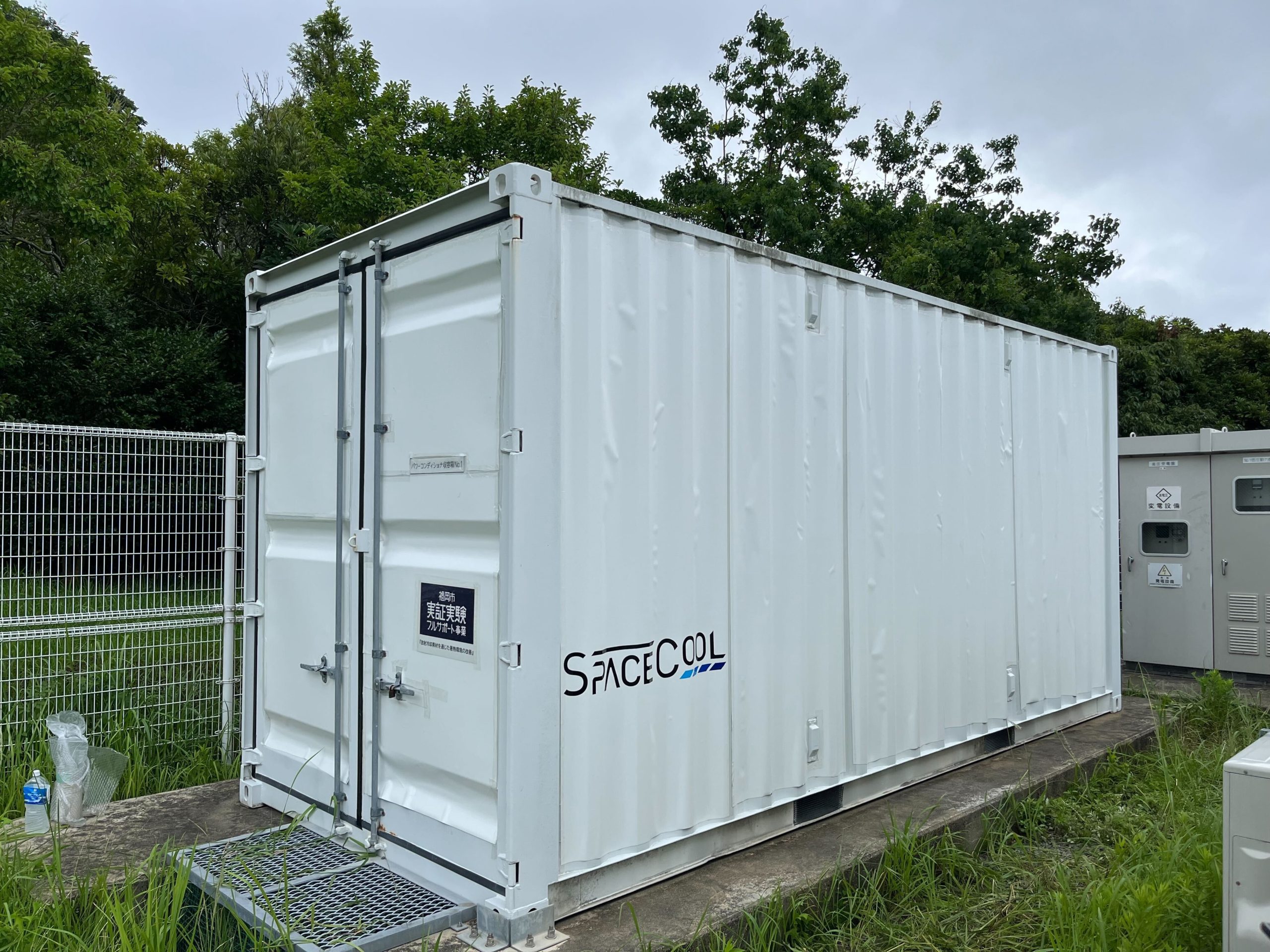
Photos courtesy of Fukuoka City
About the Radiative Cooling Material SPACECOOL®
The Material is a radiative cooling*2 material that not only blocks the heat generated by sunlight and the atmosphere and reduces heat absorption when placed under direct sunlight but also allows the heat to escape back to space based on the principles of radiative cooling technology, thereby lowering the temperature to a level that is cooler than the outside temperature without expending any energy (Fig. 4).
In a joint development project with Honda Motor Co., Ltd., we measured the power consumption of air conditioners in the summer for three types of containers: containers with the Material installed, containers coated with heat-shielding paint, and standard containers. Results showed a 33% reduction in power consumption relative to containers coated with heat-shielding paint and a 46% reduction in power consumption relative to standard containers (Fig. 5).

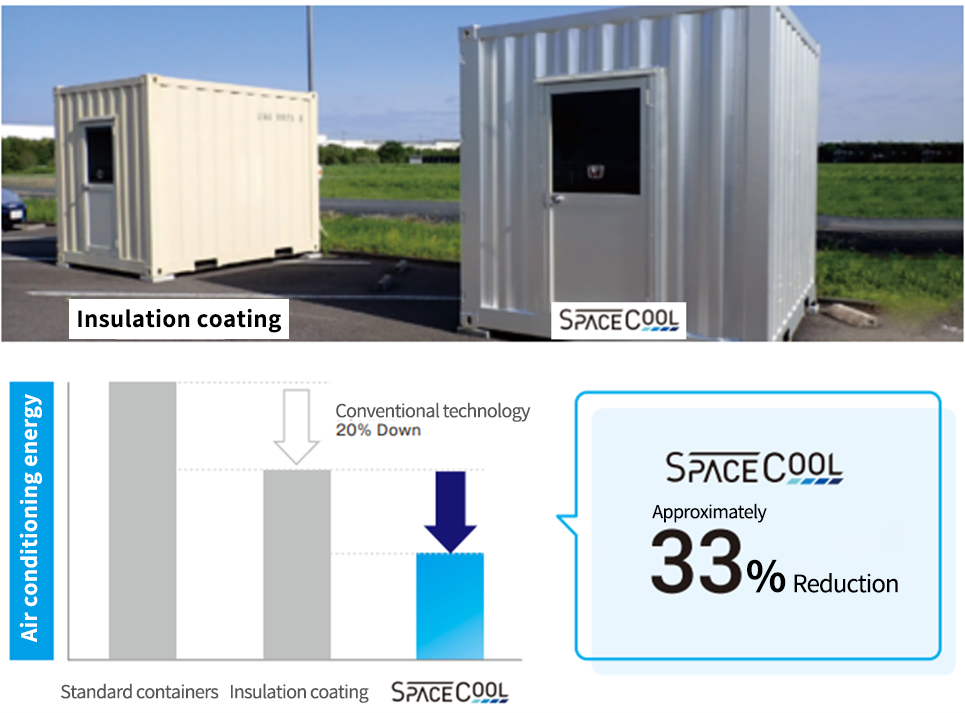
*2 This is achieved through a material design that suppresses heat input from sunlight and amplifies heat output through thermal radiation (a phenomenon where heat from an object that has been heated up is carried off as electromagnetic waves and light) by utilizing a proprietary radiative cooling technology.
Contact information
[Contact information for SPACECOOL]
– General inquiries https://spacecool.jp/en/contact/
Company Profiles
[SPACECOOL INC.]
| Company name | SPACECOOL INC. |
|---|---|
| Established | April 1, 2021 |
| Location of head office | Toranomon Hills Business Tower 4F (within ARCH), 1-17-1 Toranomon, Minato-ku, Tokyo |
| Representative | Takayuki Hoshuyama |
| Business description | Production and sale of the radiative cooling material SPACECOOL® |
| Shareholders | WiL Fund II, L.P. (51%), Osaka Gas Co., Ltd. (49%) |
| Website | https://www.spacecool.jp/ |
